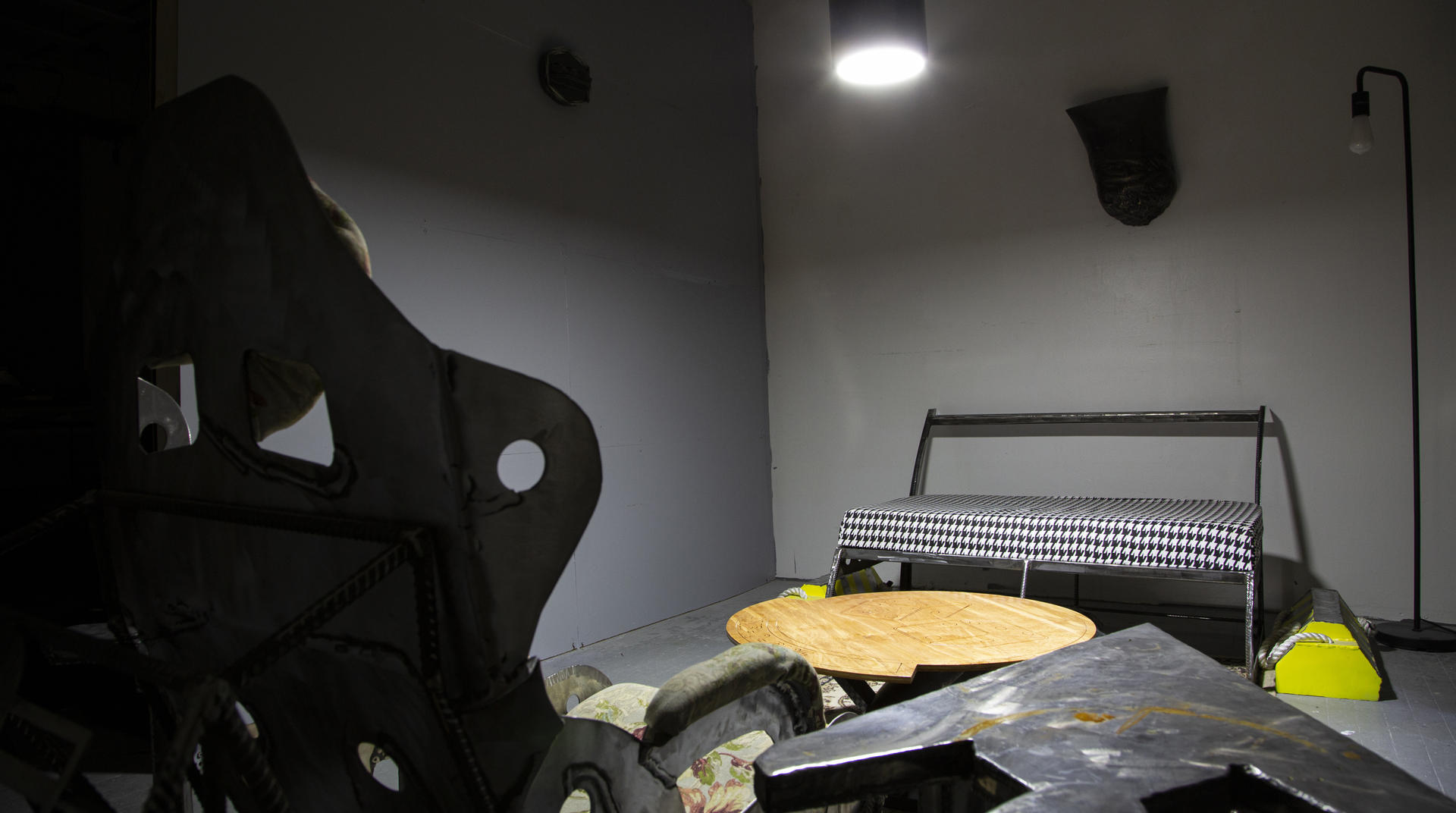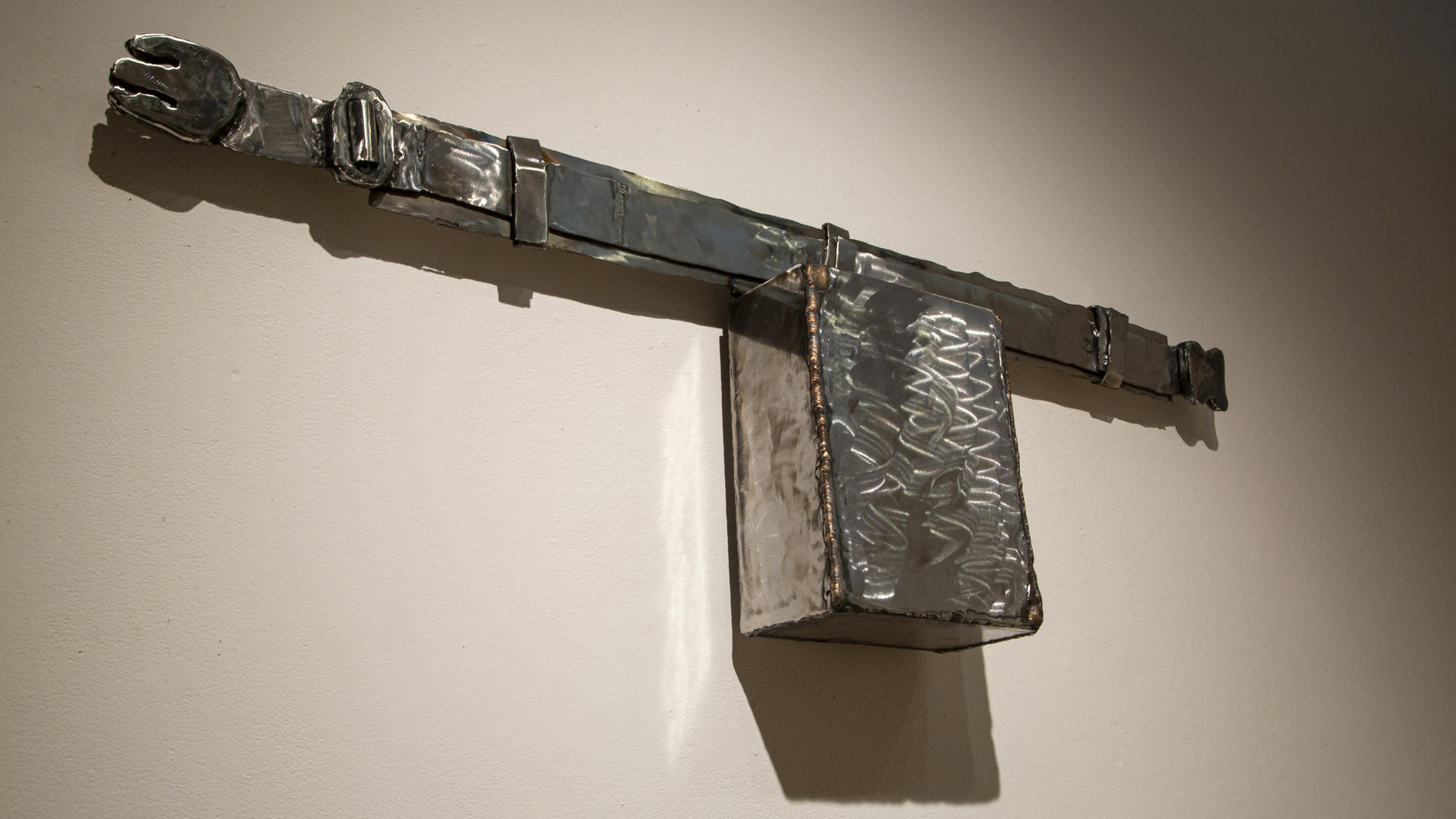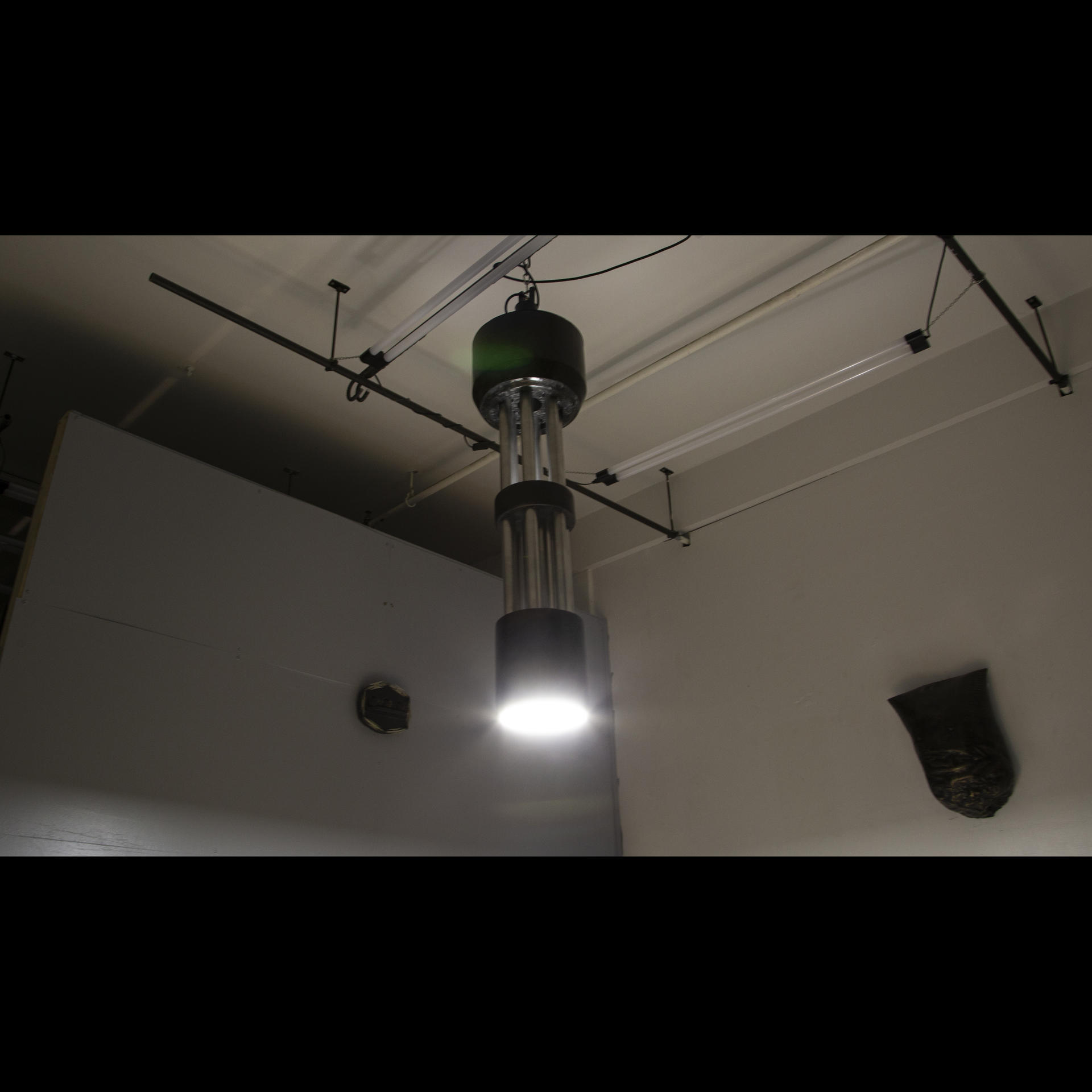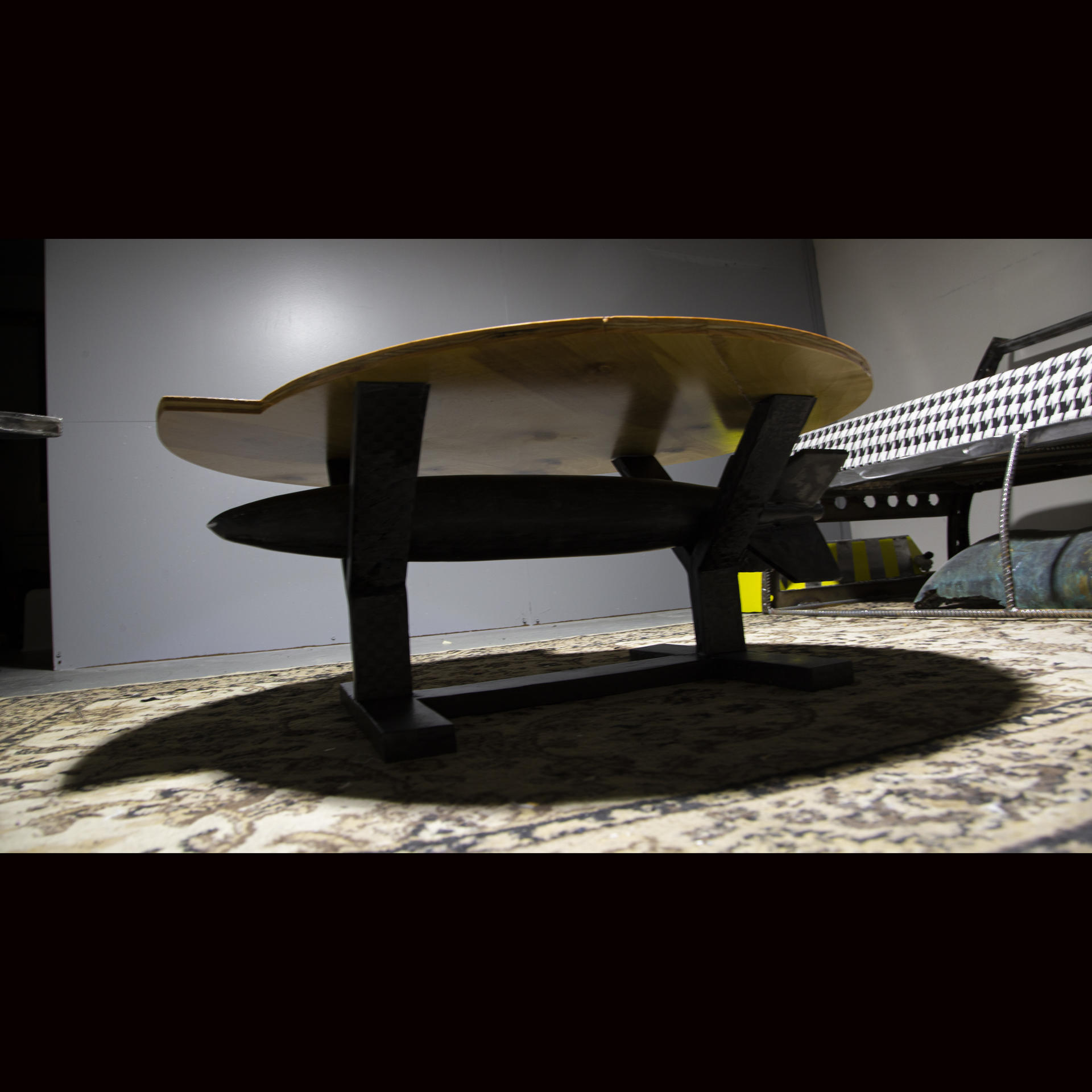Andrew Storck
Military, Art & the Inbetween
I find myself navigating life from the perspective of both a civilian and military service member. Everyday, I am between domestic, civilian spaces and military memories as my military service has impacted every aspect of my adult life. Serving in the United States Air Force allowed me to travel the globe while working alongside people from every class and race, on missions focused on tasks greater than ourselves.
My artistic practice explores how my time in the military has affected my transition back into civilian life by using sculpture and installation to express a variety of emotions. I hope my work sheds light on a culture, former military reentering civilian society, that society often misunderstands and is increasingly disconnected from.
A 2015 Gallup poll found that 72% of respondents expressed “a great deal” or “quite a lot” of confidence in the military. Compare this to a mere 8% who expressed confidence in the United States Congress. Despite this apparent level of relative confidence, I have noticed a lack of understanding from the civilian populace about what the military does, how it does it, and why. I tap into the thought process of attention to detail combined with a sense of urgency to express aspects of military life into my sculptures. I learned these ways of working from my time in the service. I combine these aspects with appropriate visual signifiers from military aesthetics to speak to this dissonance of social perception on a deeper, more personal level. I explore a nuanced conversation around these issues that are normally oversimplified and propagandized. Through initiating conversations between those who have served and those who have not, greater understanding can emerge from both the civilian and veteran community of each other’s position in our collective society.
“America doesn’t lose wars, it loses interest.” - Hasain Haqqani, 2013
Image

A domestic space is a reflection of ones' personal comforts. As a military member, the combination of military aesthetic into fine furnishings and elements that fill a space to bring comfort can also highlight the contrast in culture and life for those who these objects make uncomfortable.
When I started making art about my military experience, it was in an effort to consider aspects of the military and service I had not previously processed. When I served, the daily rigor of my assignments did not allow for the time and space to truly consider the things I was involved in. My main duty was working on aircraft, aircraft weapons, and weapons systems. I accomplished the tasks to the best of my ability and moved on. Artistic practice has allowed me the time to not only consider the objects I am making, but why I am making them, a luxury I was not afforded as a service member. My relationship to objects that carried significance in my military service began to take on new meanings as I began to work with them artistically. This process allowed me to ask myself deeper questions not only about the objects I was making but the connection I had to the objects, how the connections to these objects were made and how my relationship to the objects as I rejoined civilian life.
Image

As a sculptor and a former armament systems specialist, I find the ability to work with a variety of materials not only exciting, but an opportunity to learn about new tools and techniques. The process of troubleshooting a complex issue on an aircraft is not dissimilar to the troubleshooting I do when sculpting. In both fields, materials communicate to us on a conscious and subconscious level. We experience emotions not just because of an object’s form but also the materials that make up that object. The objects we have in our homes, and things we see out in the world are often constructed with specialized materials like aluminum, carbon fiber, wood, foam, and cloth. The materials I select have uses in both civilian and military life, often originating in the latter before migrating into the former. Carbon fiber, for example, started as an aviation specific material before being adopted into civilian uses like bicycles, cars, and boats. These materials not only give texture, tone, and durability to form as we use these objects, but they also connect to memories we have and feelings we associate with the materiality of the object. As I have explored sculpture, I have stripped down forms to their most basic shapes and removed most of their original coloration and traditional use value. I then start to experiment with the emotions I experience from the colors, forms, and materials independently of the objects as a whole and how rearranging these things can make us not only question how we feel about them but also their function.
Image

The decision to have an object live in the world in three dimensions is a conscious choice for me and simply placing such an object onto a white pedestal leaves the work feeling flat in my opinion. When I have the opportunity to extend the pedestal or display methods, both physically and conceptually, in a more meaningful way, I try to do so. I believe by incorporating display creation into the making process, the work feels more grounded in the world, and the viewer is more inclined to engage with the work in a meaningful way. Incorporating display considerations into my aesthetic process can strengthen the narrative I wish to convey. By immersing the viewer in work that extends into space-making, installation art has the possibility to fully encapsulate the viewer rather than being presented with something to witness. While I plan my display methods, the true joy of building the entire work for me is responding to my emotions and acting as the viewer around the objects while I am creating them. Being flexible with initial plans and responding to the immediacies of an installation allows for a more natural response to the work and more fruitful changes. As I have created art over the years, I have become more interested in how environments impact us, not just individual art works. We can see an art object and feel a certain emotion, but when we enter into a space, sit down, and feel like we are a part of the art, it makes the work effective in a social manner. The space not only provides the potential for me to share stories about my military experience through my sculptures, but it invites other veterans to do the same.
Image

- Architecture
- Ceramics
- Design Engineering
- Digital + Media
- Furniture Design
- Global Arts and Cultures
- Glass
- Graphic Design
- Industrial Design
- Interior Architecture
- Jewelry + Metalsmithing
- Landscape Architecture
- Nature-Culture-Sustainability Studies
- Painting
- Photography
- Printmaking
- Sculpture
- TLAD
- Textiles
